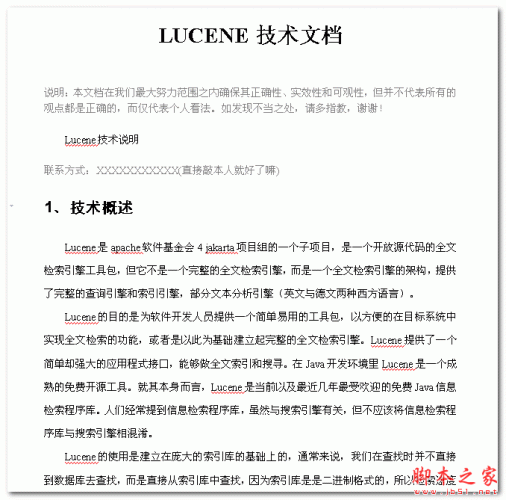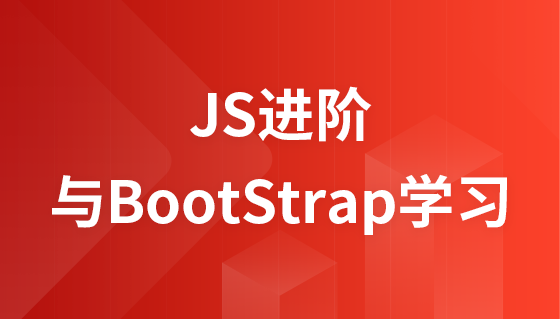答案:使用Golang构建天气查询API需选择合适数据源并安全管理API密钥,通过net/http实现HTTP服务器与外部API通信,定义struct解析JSON数据,采用分层架构提升可维护性,结合环境变量、错误处理、日志记录和缓存机制确保服务健壮且易扩展。

用Golang构建一个基础的天气查询API项目,核心在于利用其强大的并发特性和简洁的HTTP处理能力,整合外部天气数据源,并以我们自己的API接口形式对外提供服务。这通常涉及到一个HTTP服务器的搭建、对第三方天气API的调用与数据解析,以及将这些数据格式化后返回给请求方。整个过程,我认为,是Go语言在Web服务开发中实用性的一次很好体现。
要实现一个基础的Golang天气查询API项目,我们首先需要选定一个外部天气数据提供商,例如OpenWeatherMap、WeatherAPI.com等,并获取API密钥。接着,我们将用Go语言的
net/http
具体来说,项目结构可以这样组织:
go mod init your_project_name
struct
http.HandlerFunc
main
http.HandleFunc
http.ListenAndServe
一个简化的代码片段可能看起来像这样:
立即学习“go语言免费学习笔记(深入)”;
package main
import (
"encoding/json"
"fmt"
"io/ioutil"
"log"
"net/http"
"os"
)
const (
openWeatherMapAPIURL = "http://api.openweathermap.org/data/2.5/weather"
)
// WeatherResponse represents the structure of our API's response
type WeatherResponse struct {
Location string `json:"location"`
Temperature float64 `json:"temperature"`
Description string `json:"description"`
}
// OpenWeatherMapAPIResponse is a simplified struct for OpenWeatherMap's response
type OpenWeatherMapAPIResponse struct {
Name string `json:"name"`
Main struct {
Temp float64 `json:"temp"`
} `json:"main"`
Weather []struct {
Description string `json:"description"`
} `json:"weather"`
}
func getWeatherHandler(w http.ResponseWriter, r *http.Request) {
city := r.URL.Query().Get("city")
if city == "" {
http.Error(w, "City parameter is required", http.StatusBadRequest)
return
}
apiKey := os.Getenv("OPENWEATHER_API_KEY")
if apiKey == "" {
log.Println("OPENWEATHER_API_KEY not set in environment variables")
http.Error(w, "Internal server error: API key missing", http.StatusInternalServerError)
return
}
// Construct external API URL
externalURL := fmt.Sprintf("%s?q=%s&appid=%s&units=metric", openWeatherMapAPIURL, city, apiKey)
resp, err := http.Get(externalURL)
if err != nil {
log.Printf("Error fetching weather from external API: %v", err)
http.Error(w, "Failed to fetch weather data", http.StatusInternalServerError)
return
}
defer resp.Body.Close()
if resp.StatusCode != http.StatusOK {
bodyBytes, _ := ioutil.ReadAll(resp.Body)
log.Printf("External API returned non-OK status: %d, body: %s", resp.StatusCode, string(bodyBytes))
http.Error(w, "Could not retrieve weather data from external source", http.StatusBadGateway)
return
}
var owmResp OpenWeatherMapAPIResponse
if err := json.NewDecoder(resp.Body).Decode(&owmResp); err != nil {
log.Printf("Error decoding external API response: %v", err)
http.Error(w, "Failed to parse weather data", http.StatusInternalServerError)
return
}
// Map external response to our internal response
ourResp := WeatherResponse{
Location: owmResp.Name,
Temperature: owmResp.Main.Temp,
Description: "N/A", // Default in case no description
}
if len(owmResp.Weather) > 0 {
ourResp.Description = owmResp.Weather[0].Description
}
w.Header().Set("Content-Type", "application/json")
if err := json.NewEncoder(w).Encode(ourResp); err != nil {
log.Printf("Error encoding our response: %v", err)
http.Error(w, "Failed to send response", http.StatusInternalServerError)
}
}
func main() {
http.HandleFunc("/weather", getWeatherHandler)
port := ":8080"
log.Printf("Server starting on port %s", port)
if err := http.ListenAndServe(port, nil); err != nil {
log.Fatalf("Server failed to start: %v", err)
}
}选择一个合适的天气数据源,我觉得,是构建天气API项目的第一步,也是一个需要深思熟虑的决策点。市面上有很多提供商,比如OpenWeatherMap、AccuWeather、WeatherAPI.com,甚至一些地区性的气象局也提供API。在做选择时,我通常会考虑几个关键因素:首先是数据覆盖范围和精度,我的项目需要支持全球范围还是特定区域?数据更新频率如何?其次是免费额度与定价模式,对于一个基础项目,免费层级是否够用?未来的扩展成本如何?再者是API文档的完善程度和易用性,清晰的文档能大大减少开发时间。最后,社区支持和稳定性也值得关注。
一旦选定了数据源并获取了API密钥,如何安全有效地管理它就成了下一个重要问题。我强烈建议不要将API密钥硬编码到代码中。这不仅是安全最佳实践,也能提高项目的灵活性。最常见的做法是将API密钥作为环境变量来配置。在Go语言中,你可以使用
os.Getenv("YOUR_API_KEY_NAME")// 示例:从环境变量获取API密钥
apiKey := os.Getenv("OPENWEATHER_API_KEY")
if apiKey == "" {
// 应该记录错误或直接退出,因为没有API Key无法工作
log.Fatal("Error: OPENWEATHER_API_KEY environment variable not set.")
}
// 使用 apiKey 进行后续操作在Golang中处理外部API请求和JSON数据解析,我个人觉得,关键在于健壮性和清晰度。我们不能假设外部API总是可靠的,也不能假设返回的数据总是符合预期。
对于外部API请求,
net/http
http.Client
http.Get
http.Client
client := &http.Client{Timeout: 10 * time.Second} // 设置10秒超时
req, err := http.NewRequest("GET", externalURL, nil)
if err != nil { /* handle error */ }
req.Header.Add("Accept", "application/json") // 明确要求JSON响应
resp, err := client.Do(req)
// ...err != nil
resp.StatusCode != http.StatusOK
defer resp.Body.Close()
至于JSON数据解析,Go的
encoding/json

Lucene是apache软件基金会4 jakarta项目组的一个子项目,是一个开放源代码的全文检索引擎工具包,但它不是一个完整的全文检索引擎,而是一个全文检索引擎的架构,提供了完整的查询引擎和索引引擎,部分文本分析引擎(英文与德文两种西方语言)。 Lucene的目的是为软件开发人员提供一个简单易用的工具包,以方便的在目标系统中实现全文检索的功能,或者是以此为基础建立起完整的全文检索引擎。Lucene提供了一个简单却强大的应用程式接口,能够做全文索引和搜寻。在Java开发环境里Lucene是一个成熟的免
 0
0

struct
json:"field_name"
type ExternalWeather struct {
Coord struct {
Lon float64 `json:"lon"`
Lat float64 `json:"lat"`
} `json:"coord"`
Weather []struct {
ID int `json:"id"`
Main string `json:"main"`
Description string `json:"description"`
Icon string `json:"icon"`
} `json:"weather"`
Main struct {
Temp float64 `json:"temp"`
FeelsLike float64 `json:"feels_like"`
TempMin float64 `json:"temp_min"`
TempMax float64 `json:"temp_max"`
Pressure int `json:"pressure"`
Humidity int `json:"humidity"`
} `json:"main"`
// ... 其他字段
}json.Unmarshal()
json.NewDecoder(resp.Body).Decode(&myStruct)
io.Reader
resp.Body
构建一个健壮且易于扩展的Golang天气API服务,不仅仅是写对代码,更在于设计思路。我认为,这需要我们跳出“一次性脚本”的思维,考虑服务的长期运行和未来的功能迭代。
分层架构:
这种分层让每个组件职责单一,修改一个组件时,对其他组件的影响最小。
统一的错误处理策略:
error
fmt.Errorf("failed to fetch weather for city %s: %w", city, err)配置管理:
日志记录:
log
zap
logrus
并发与性能考量(适度):
sync.Map
ristretto
可测试性:
interface
通过这些实践,我们不仅能构建一个功能完善的天气API,还能确保它能够随着业务需求的变化而平稳地演进。
以上就是Golang实现基础天气查询API项目的详细内容,更多请关注php中文网其它相关文章!

每个人都需要一台速度更快、更稳定的 PC。随着时间的推移,垃圾文件、旧注册表数据和不必要的后台进程会占用资源并降低性能。幸运的是,许多工具可以让 Windows 保持平稳运行。




Copyright 2014-2025 https://www.php.cn/ All Rights Reserved | php.cn | 湘ICP备2023035733号